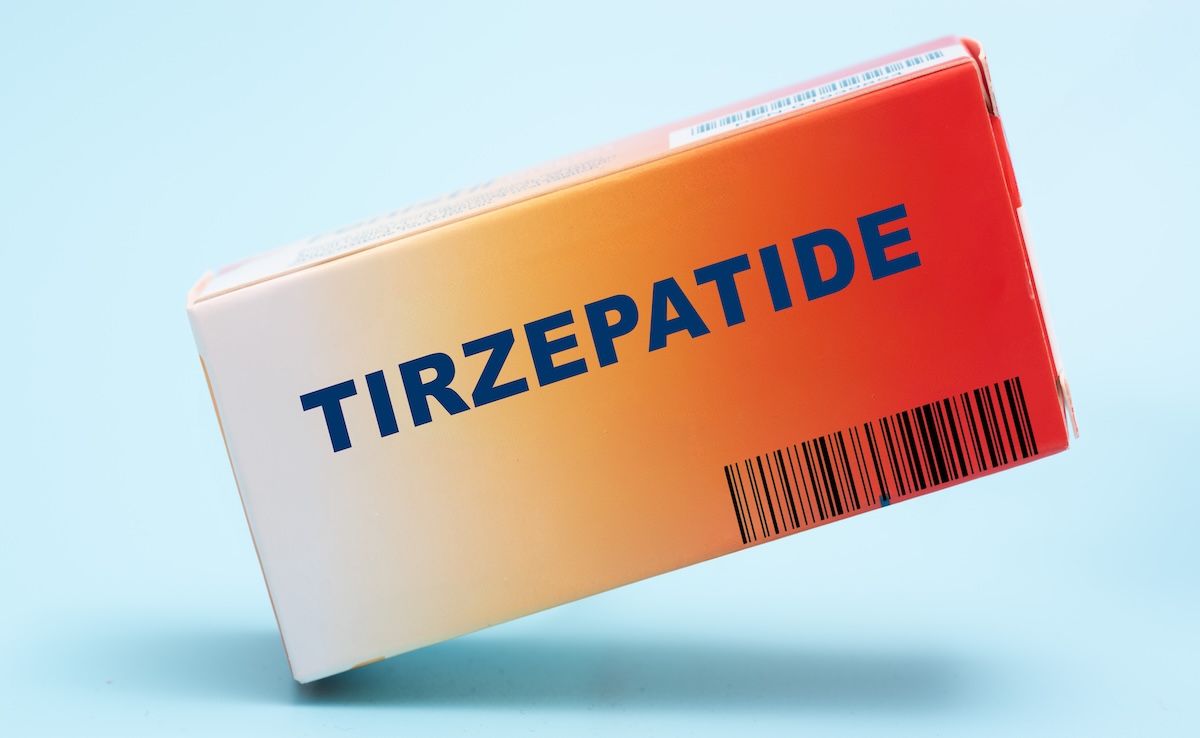Article
In Hereditary TTP, Neuropsychiatric Symptoms, Stroke Are Common
Author(s):
A new report offers novel insights into a very small patient population.
Neuropsychiatric symptoms are extremely common in patients with hereditary thrombotic thrombocytopenic purpura (hTTP), making it is critically important to begin prophylaxis at a young age, according to a new report.
The findings are based on interviews with patients and their family members who were part of an international patient registry. The report was published in Blood.
hTTP is an autosomal recessive disorder caused by a severe deficiency of ADAMTS13, a von Willebrand factor–cleaving protease. Absent ADAMTS13, ultralarge von Willebrand factor multimers can create von Willebrand factor–platelet microthrombi, explained the authors. As a result, patients can experience microvascular thrombosis and organ ischemia.
Two factors make understanding hTTP particularly difficult. First, it is very rare, with an estimated prevalence of just 0.5 to 2.0 cases per 1 million individuals. In addition, the disease’s clinical features are “extremely diverse,” the authors said.
In cases of immune-mediated TTP, cognitive disorders, depression, and silent cerebral infarctions are common. The investigators wanted to better understand the long-term neurological effects of patients with hTTP, including rates of stroke, stroke-related disability, and neuropsychiatric symptoms.
They used the International hTTP Registry, which as of July 2021 included 45 patients in the United States. Although 14 patients died or were lost to follow-up, 27 of the remaining 31 patients agreed to be interviewed for the study. The investigators used discussion guides tailored to the ages of patients, interviewing parents or guardians when the patient was a minor.
All but one patient in the study reported experiencing neuropsychiatric symptoms, including recurrent headaches (88%), poor concentration (65%), and depression (62%). In many cases, the patients said the symptoms began in childhood or following an hTTP event such as a hospitalization, the authors wrote.
Sixty-three percent of patients experienced a stroke, with a median first-stroke age of 26. In most cases (12 of 17), the stroke came before the diagnosis of hTTP, the authors said. However, one patient was not diagnosed with hTTP until 19 years after their first stroke.
“Therefore, in patients with an embolic stroke of undetermined source, measurement of ADAMTS13 activity is important,” the investigators said.
Plasma prophylaxis was common among the study subjects, with 93% of respondents reporting receiving plasma prophylaxis; however, allergic reactions were also common, with 21 of 25 patients reporting them.
The median age at which patients began prophylaxis was 30 years, and it continued for a median of 4.5 years. At the time of their interviews, 12 patients were on plasma prophylaxis and 5 were on plasma-derived Factor VIII concentrate prophylaxis, which can be self-administered.
Seven patients in the study described recurrent strokes, and all said they were not on prophylaxis when they experienced their second stroke. All were then put on prophylaxis following the second stroke, but 4 had another stroke despite being on prophylaxis.
The study authors said the stroke rate of 63% in this cohort was more than twice that of previous reports, possibly due to an older patient population or becuase patients who experienced a stroke might be more likely to enroll in the registry.
The investigators said these data underscore the urgency of starting prophylaxis.
“We recommend a baseline cerebral MRI at the first occurrence of neuropsychiatric symptoms to identify silent strokes and to document the need for prophylactic therapy,” they wrote.
Unfortunately, plasma administration can be inconvenient and cause emergency reactions, and it often does not prevent stroke.
“These observations highlight the limitations of current prophylaxis,” the authors said. “Until recombinant ADAMTS13 is available, an adequate amount of plasma (≥ 15 mL/kg) at frequent intervals (≤ 2 weeks) to maintain ADAMTS13 activity is appropriate.”
In addition, cognitive and depression screenings must be a regular part of patient care, they concluded.
Reference
Borogovac A, Tarasco E, Kremer Hovinga JA, et al. Prevalence of neuropsychiatric symptoms and stroke in patients with hereditary thrombotic thrombocytopenic purpura. Blood. Published online May 18, 2022. doi:10.1182/blood.2022016044





